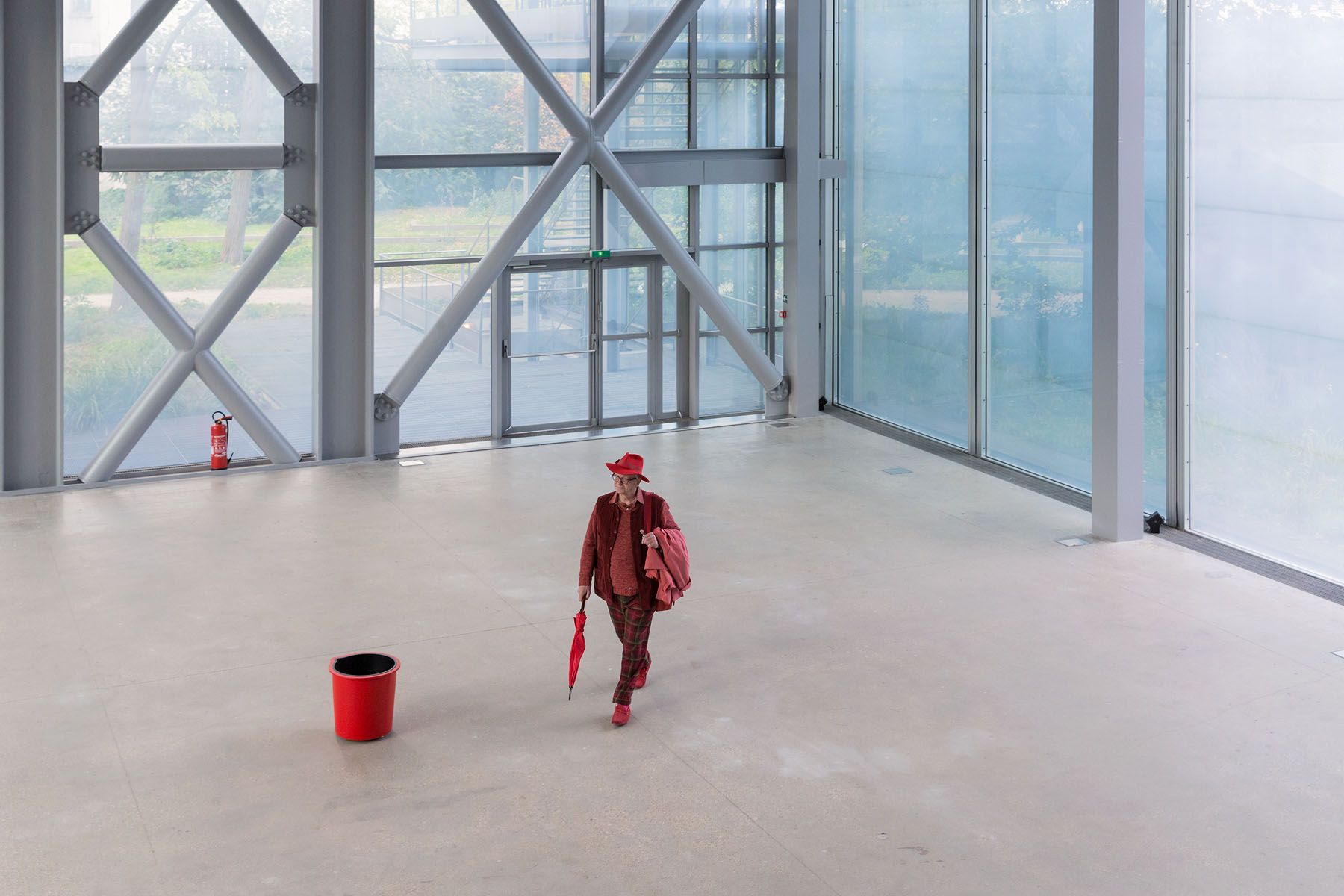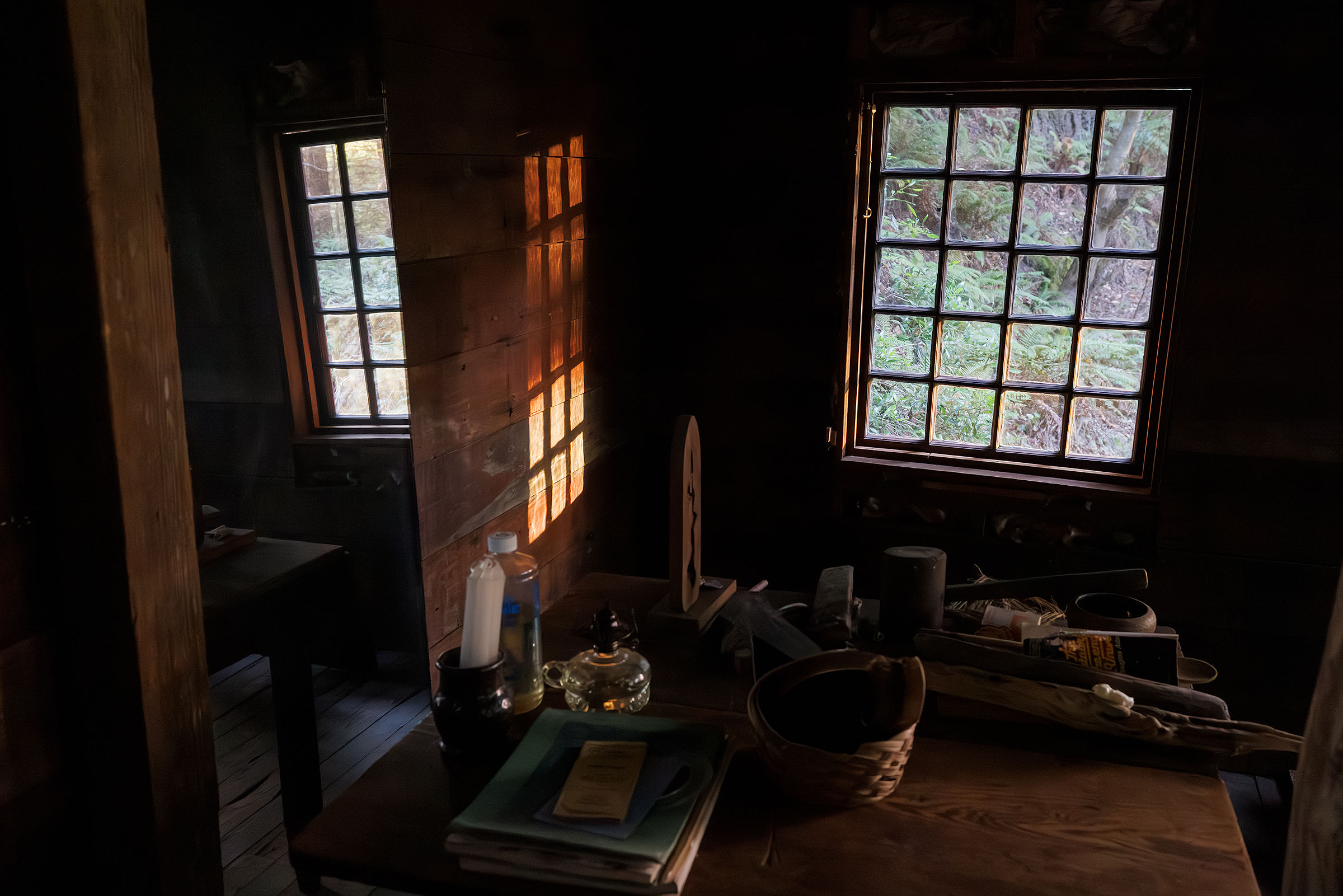NCAR Mesa Laboratory – I.M.Pei
Perched atop a 600-foot mesa in Boulder, Colorado, with the Flatirons and Rocky Mountains as its dramatic backdrop, the Mesa Laboratory by I.M. Pei is a masterclass in architectural integration with the landscape. Built of pinkish cast-in-place concrete and stone, the complex emerges gradually from the terrain—concealed by winding roads and native vegetation until it quietly reveals itself in the distance.
Inspired by the cliff dwellings of Mesa Verde, Pei’s design doesn’t imitate the landscape but resonates with it, striking a balance between monumentality and deference. The transition between building and site is fluid: exterior paths dissolve into surrounding trails, and wild grasses soften the threshold between structure and soil.
Rather than dominate the setting, the architecture grounds itself, touching the earth with a deliberate weight while surrendering visual primacy to the grandeur of the mesa. The result is a deeply contextual and immersive experience, where natural and built environments coalesce.


